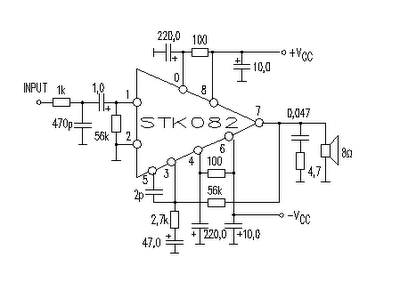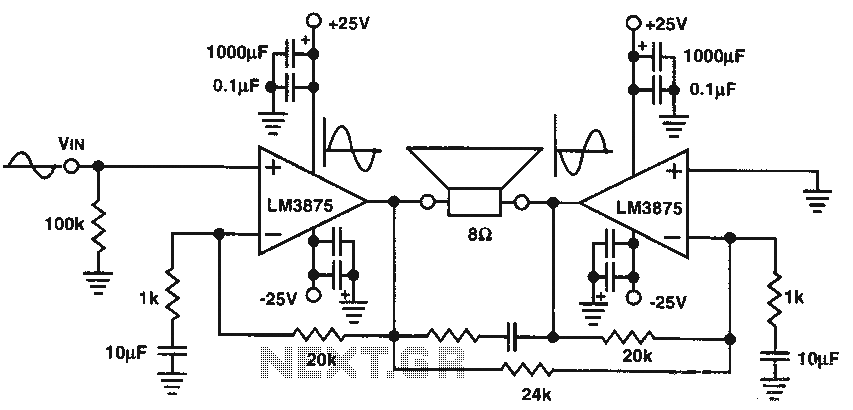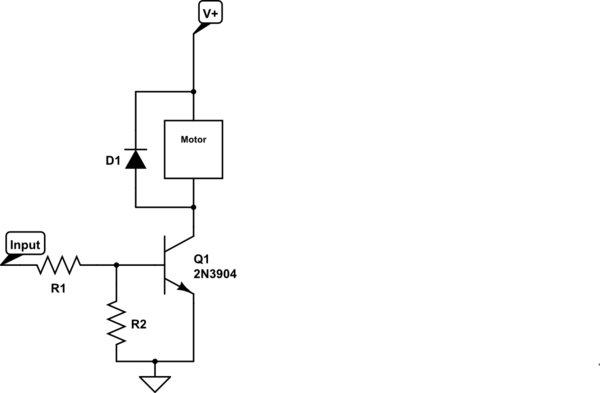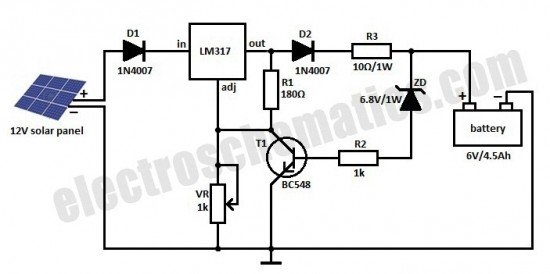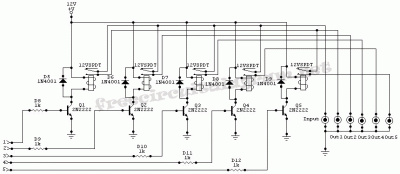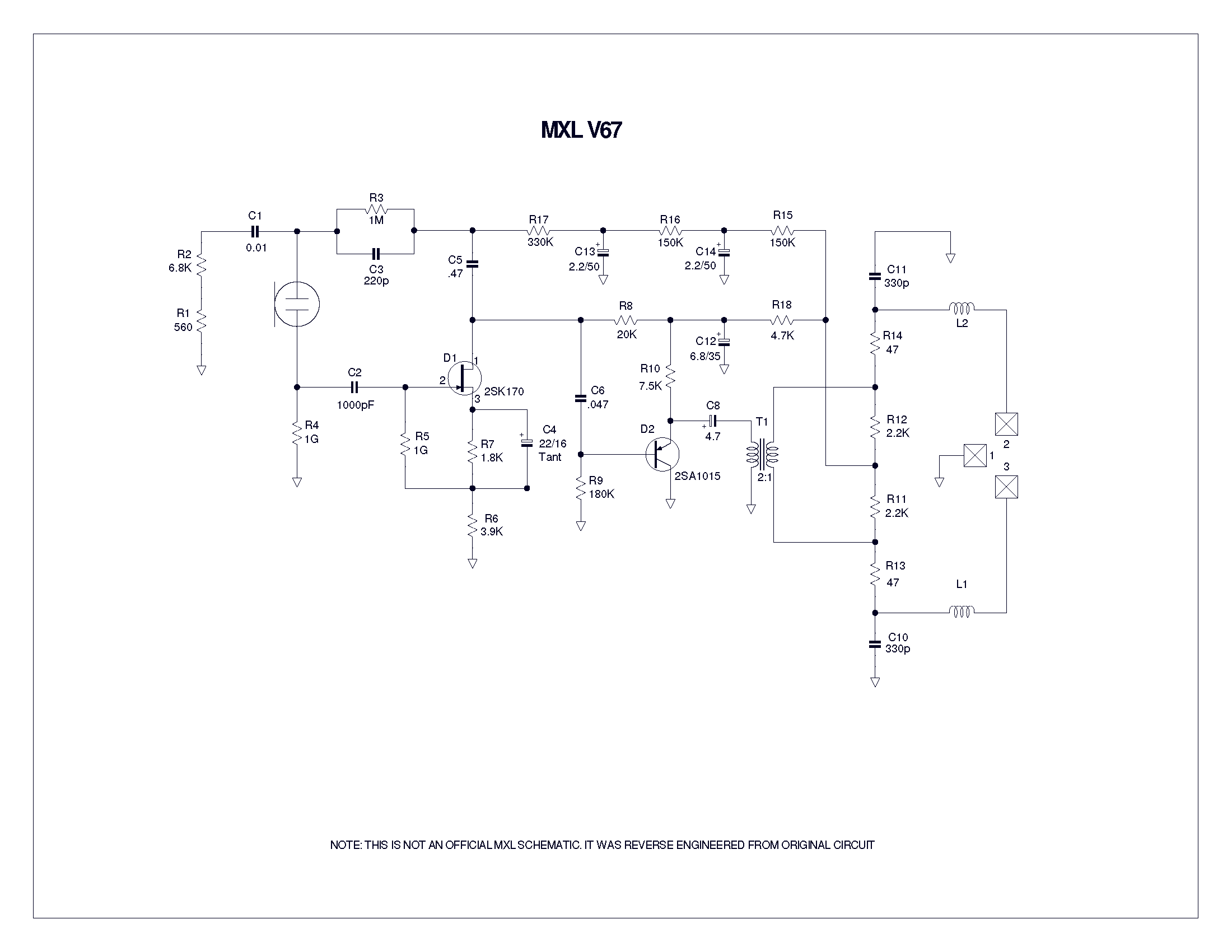
Battery Powered Night Lamp circuit
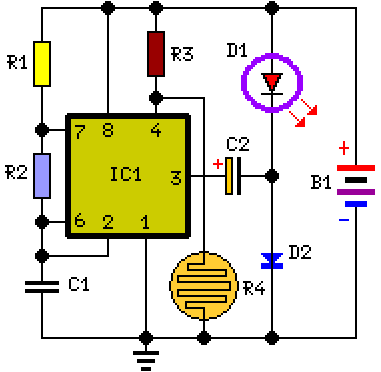
This circuit functions as a night lamp when a wall mains socket is unavailable for plugging in a continuously operating small neon lamp device. To minimize battery consumption, it utilizes a single 1.5V cell, and a simple voltage doubler drives a pulsating ultra-bright LED, with a current draw of less than 500µA. An optional photoresistor can turn off the circuit during daylight or when room lamps are illuminated, allowing for further current savings. The device can operate for approximately three months continuously on a standard AA-sized cell or around six months on an alkaline cell. By incorporating the photoresistor circuitry, the operating time may be doubled or even tripled. IC1 generates a square wave at approximately 4 Hz. Capacitor C2 and diode D2 form voltage doublers, which are necessary to elevate the battery voltage to a peak level sufficient to drive the LED.
The night lamp circuit is designed to operate efficiently in low-light conditions while conserving battery life. The core component is a single 1.5V battery, which powers the entire circuit. The use of a voltage doubler circuit, comprised of C2 and D2, is crucial as it allows the LED to operate at a higher voltage than the battery can provide directly. This configuration enhances the brightness of the LED without significantly increasing power consumption.
The square wave generator (IC1) operates at a frequency of approximately 4 Hz, which is optimal for creating a pulsating effect in the LED. This pulsation not only adds to the aesthetic appeal of the night lamp but also helps in reducing the average current drawn from the battery. The LED's current consumption is kept below 500µA, making it suitable for long-term use without frequent battery replacements.
Incorporating a photoresistor into the circuit introduces an intelligent light-sensing feature. This component detects ambient light levels and automatically turns off the night lamp during the day or when other light sources are present in the room. This functionality significantly extends the battery life, potentially allowing the device to operate for twice or even three times longer than without the photoresistor.
Overall, this circuit presents a practical solution for providing illumination in environments lacking a direct power source while emphasizing energy efficiency and longevity. The design is straightforward, making it accessible for hobbyists and engineers alike, and can be easily modified or expanded upon for various applications.This circuit is usable as a Night Lamp when a wall mains socket is not available to plug-in an ever running small neon lamp device. In order to ensure minimum battery consumption, one 1.5V cell is used and simple voltage doublers drives a pulsating ultra-bright LED: current drawing is less than 500µA.
An optional Photo resistor will switch-off the circuit in daylight or when room lamps illuminate, allowing further current economy. This device will run for about 3 months continuously on an ordinary AA sized cell or for around 6 months on an alkaline type cell but, adding the Photo resistor circuitry, running time will be doubled or, very likely, triplicates.
IC1 generates a square wave at about 4 Hz frequencies. C2 & D2 form voltage doublers, necessary to raise the battery voltage to a peak value able to drive the LED.. 🔗 External reference
The night lamp circuit is designed to operate efficiently in low-light conditions while conserving battery life. The core component is a single 1.5V battery, which powers the entire circuit. The use of a voltage doubler circuit, comprised of C2 and D2, is crucial as it allows the LED to operate at a higher voltage than the battery can provide directly. This configuration enhances the brightness of the LED without significantly increasing power consumption.
The square wave generator (IC1) operates at a frequency of approximately 4 Hz, which is optimal for creating a pulsating effect in the LED. This pulsation not only adds to the aesthetic appeal of the night lamp but also helps in reducing the average current drawn from the battery. The LED's current consumption is kept below 500µA, making it suitable for long-term use without frequent battery replacements.
Incorporating a photoresistor into the circuit introduces an intelligent light-sensing feature. This component detects ambient light levels and automatically turns off the night lamp during the day or when other light sources are present in the room. This functionality significantly extends the battery life, potentially allowing the device to operate for twice or even three times longer than without the photoresistor.
Overall, this circuit presents a practical solution for providing illumination in environments lacking a direct power source while emphasizing energy efficiency and longevity. The design is straightforward, making it accessible for hobbyists and engineers alike, and can be easily modified or expanded upon for various applications.This circuit is usable as a Night Lamp when a wall mains socket is not available to plug-in an ever running small neon lamp device. In order to ensure minimum battery consumption, one 1.5V cell is used and simple voltage doublers drives a pulsating ultra-bright LED: current drawing is less than 500µA.
An optional Photo resistor will switch-off the circuit in daylight or when room lamps illuminate, allowing further current economy. This device will run for about 3 months continuously on an ordinary AA sized cell or for around 6 months on an alkaline type cell but, adding the Photo resistor circuitry, running time will be doubled or, very likely, triplicates.
IC1 generates a square wave at about 4 Hz frequencies. C2 & D2 form voltage doublers, necessary to raise the battery voltage to a peak value able to drive the LED.. 🔗 External reference
